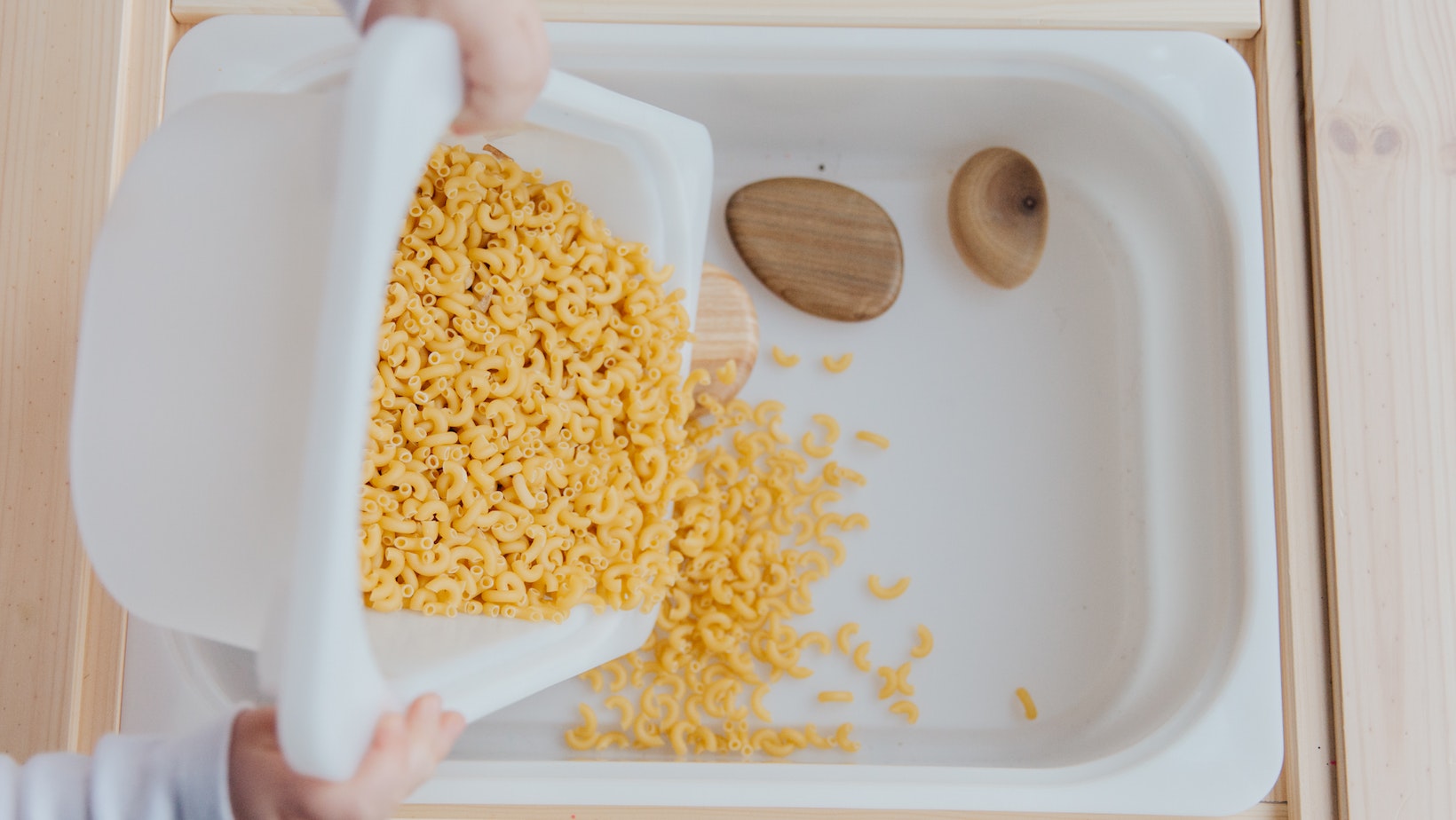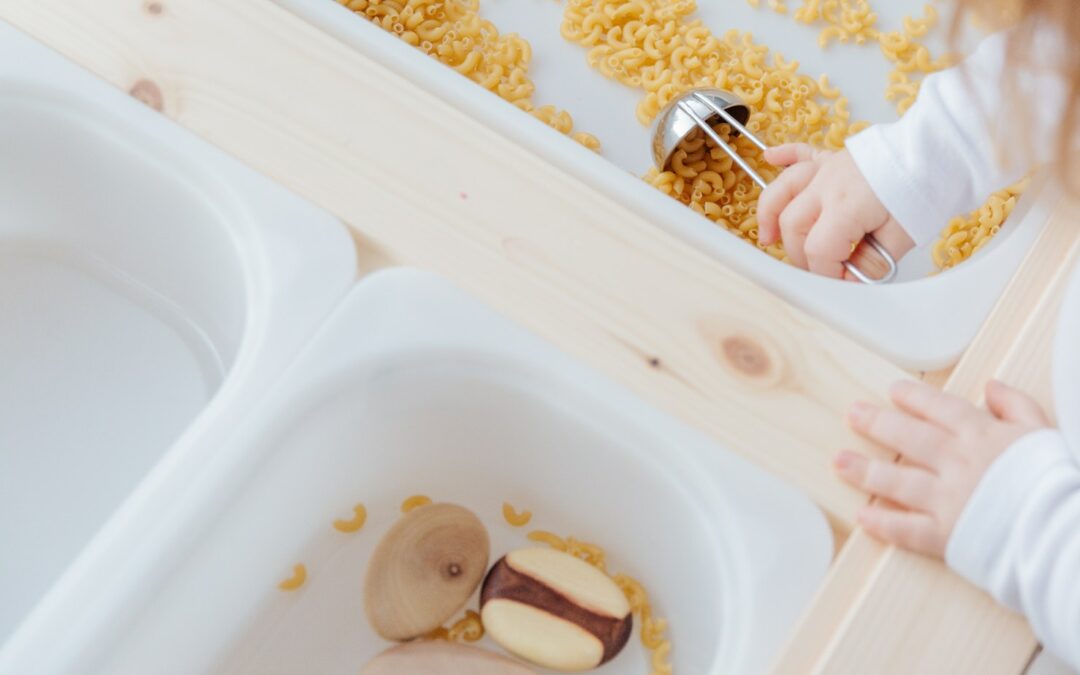Looking for the perfect play food for your toddler? Look no further! Play food is not only a fun and engaging toy for little ones, but it also offers numerous developmental benefits. From enhancing fine motor skills to fostering imaginative play, play food can be a valuable addition to your child’s toy collection.
Play Food for Toddlers
One of the key benefits of play food for toddlers is its ability to enhance imaginative play. When children engage with play food, they are able to create their own little world, whether it’s a pretend kitchen or a restaurant. They can take on different roles and use their imagination to cook meals, serve customers, and even host dinner parties.
By using play food, toddlers have the opportunity to explore various scenarios and develop their creativity. They can come up with unique recipes, experiment with different ingredients, and even role-play as chefs or waiters. This imaginative play not only stimulates their minds but also helps them build storytelling skills and encourages social interaction if they choose to involve friends or siblings in their playtime.
Developing Fine Motor Skills
Play food also plays a crucial role in developing fine motor skills in toddlers. As little ones handle the small pieces of play fruits, vegetables, utensils, and plates, they improve their hand-eye coordination and dexterity. Picking up tiny items like peas or stacking slices of bread onto a sandwich requires precision and control.
Additionally, engaging with play food allows toddlers to practice basic skills such as cutting with toy knives or stirring in pots and pans. These activities help refine their hand movements while promoting bilateral coordination (using both hands together) as they hold one object while manipulating another.
Promoting Cognitive Development
Another significant benefit of play food for toddlers is its impact on cognitive development. Through pretend cooking and serving meals, children exercise important cognitive processes such as problem-solving, decision-making, categorization, and counting.
For example, when deciding what ingredients to include in a meal or how much pretend money should be given as change during a restaurant scenario, toddlers need to think critically and make choices based on logic. They may also sort the different types of foods into categories like fruits vs vegetables or identify shapes and colors as they arrange the play food on plates or in pots.

Choosing the Right Play Food Set
When it comes to play food for toddlers, finding the right set can make all the difference in their imaginative play and development. With so many options available, it’s important to choose a set that meets your child’s needs while also prioritizing safety. In this section, we’ll explore some key factors to consider when selecting a play food set.
Choosing the Right Material
The material of the play food is an essential consideration as it determines both its durability and safety for your little one. Here are a few popular materials commonly used in play food sets:
- Plastic: Plastic play food sets are lightweight, easy to clean, and generally affordable. Look for BPA-free plastic options to ensure they are safe for your child.
- Wood: Wooden play food sets have a classic feel and are often more durable than plastic ones. They can withstand rough play but may be pricier.
- Fabric: Fabric-based play food sets offer a soft texture that mimics real food well. They are usually machine washable and great for sensory play.
Consider your child’s preferences, as well as any potential allergies or sensitivities they may have when choosing the material of their play food set.
Considering Safety Features
Safety should always be at the forefront of your mind when selecting toys for toddlers. Here are some safety features to look out for when choosing a play food set:
- Non-toxic materials: Ensure that the materials used in the production of the play food set are non-toxic and free from harmful chemicals.
- Size: Opt for larger-sized pieces that won’t pose choking hazards for young children.
- Smooth edges: Check that there are no sharp corners or edges on the individual pieces to prevent accidental injuries.
As you embark on the journey of finding the perfect play food set for your toddler, keep in mind their preferences, safety features, material choices, and the variety of foods they’ll encounter. By choosing thoughtfully, you’ll be fostering creativity and imagination while ensuring a safe and enjoyable playtime experience for your little one.
My name is Andrea Thompson and I’m a home based freelance writer. I’m 23 years old, married to my best friend, and mother to a wonderfully independent and opinionated 3 year old girl and step-mother to a sweet seven year old boy. I live in a tiny, little town in Kentucky, where I spend my free time fishing with my kids.
Writing has always been my passion, which I followed through high school, and for a while in college. Life happened, and once I discovered we were pregnant, I switched directions; opting for the healthcare industry because of the stability.
Finally, years later, I was in a place where I could leave the day job that never truly made me happy, and pursue my dreams. I’ve built, and am still building, my writing career from scratch. But, I’m passionate and I’m good at what I do. And, in the end, I can prove to my daughter that she can do anything she wants with this life.





